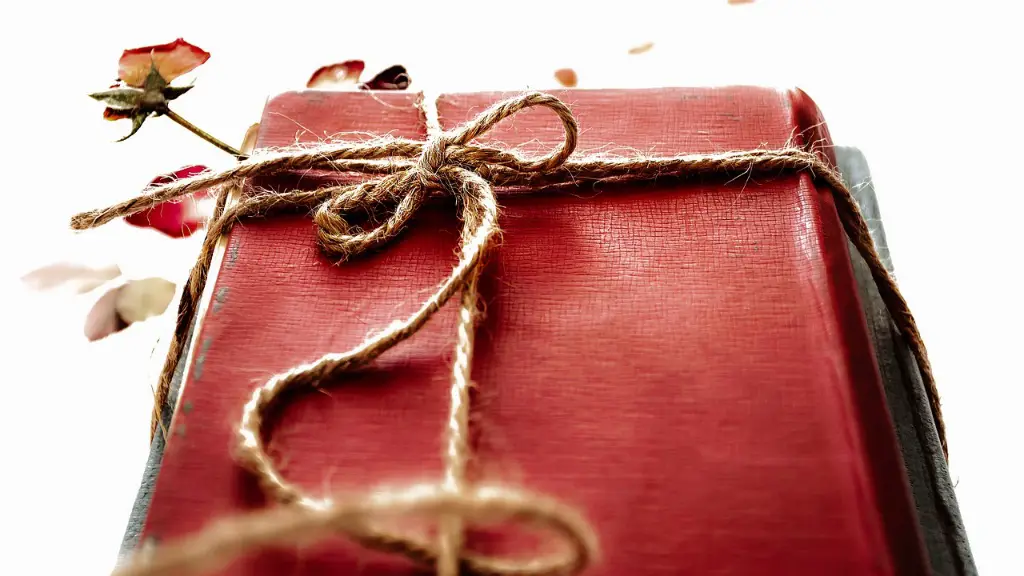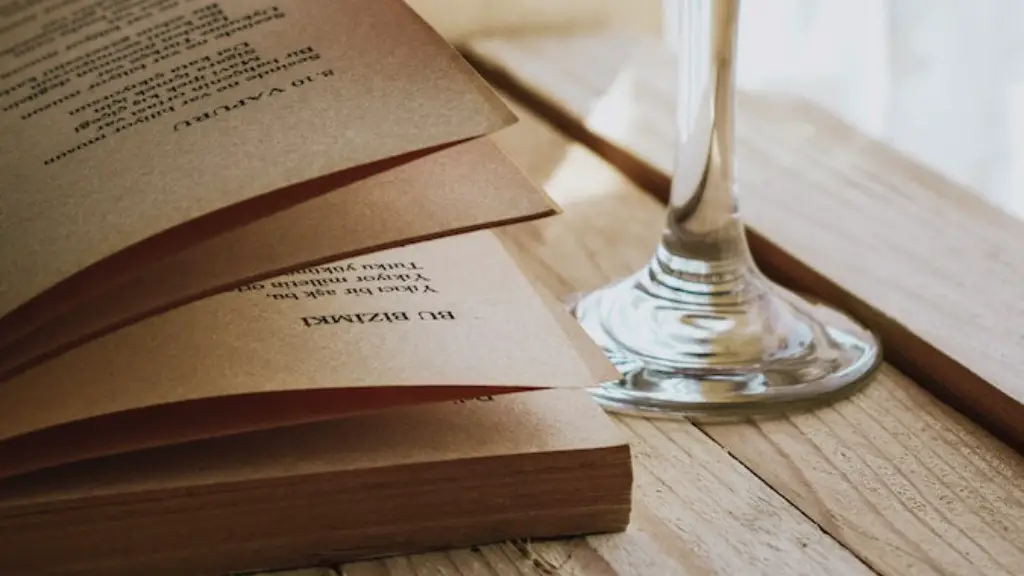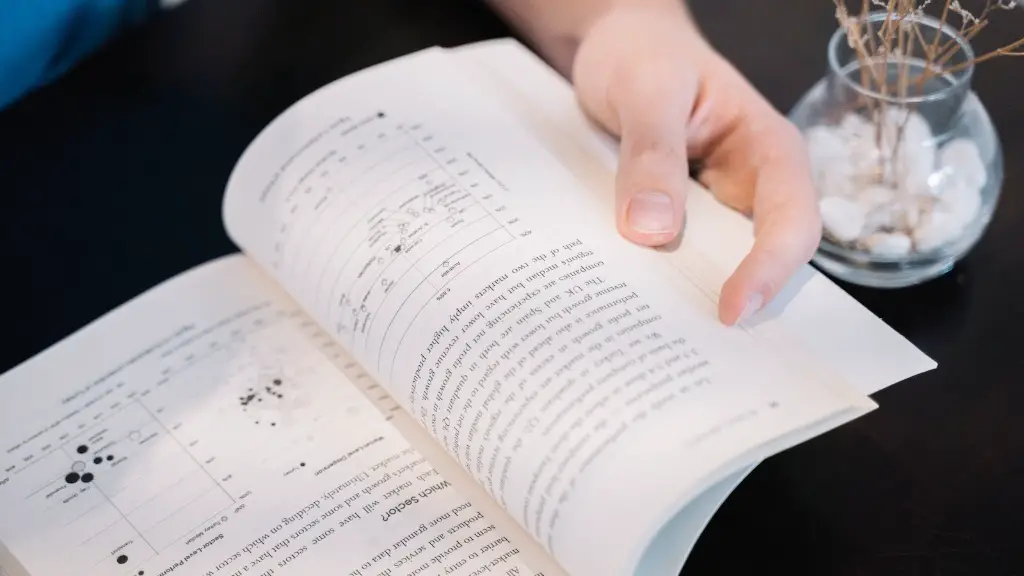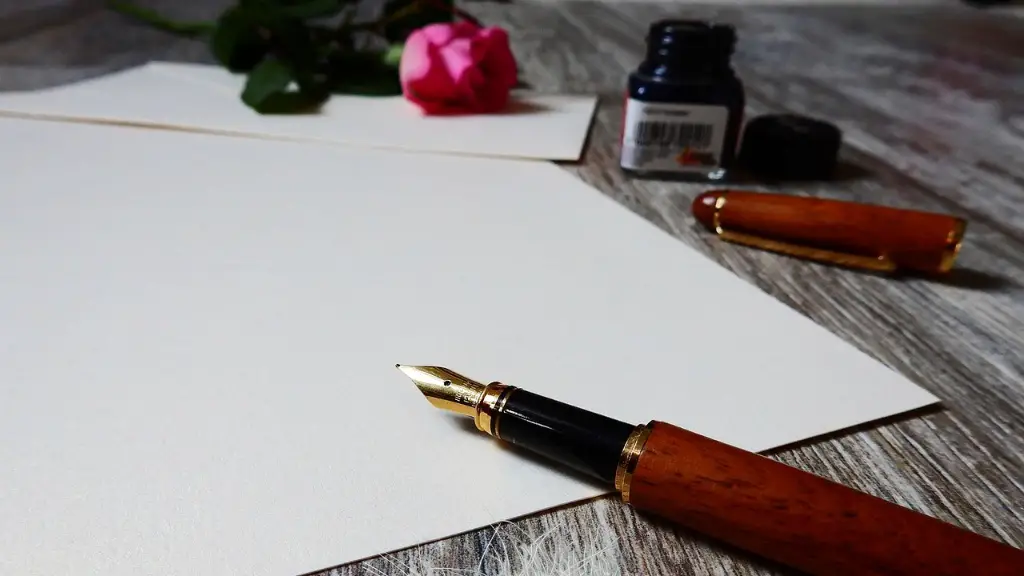Introduction To Poetry Analysis
When analyzing poetry, it is important to approach the poem with an open mind. Before reading the poem, take time to think carefully about its purpose and meaning. There are many ways to analyze a poem and different types of interpretation. By understanding the structure of the poem, the reader can gain insight into its hidden meanings. By looking for the deeper layers of emotion and theme, the reader can gain insight into the poet’s intentions. With the aid of words, the poem can be examined from a variety of angles – from the word order to the imagery used.
Understand the Structure and Tone of the Poem
When reading a poem, it is important to become familiar with its structure. The structure of a poem can give hints about its intention. A sonnet, for example, is written in the traditional 14 lines and follows a specific rhyme scheme, while a narrative poem can be any length with any type of language. Similarly, the tone of a poem can help to illustrate its deeper meaning. By looking for words with strong emotive power, such as ‘anger’, ‘fear’ and ‘hope’, the reader can get a better understanding of the poet’s feelings.
Study the Theme and Imagery of the Poem
A poem may have no straightforward narrative but it can still convey a powerful emotional message. By carefully studying the theme and imagery of a poem, the reader can unlock its meaning. By looking for repeating images and themes, the reader can gain insight into what the poet is trying to express. Imagery is a powerful tool for expressing emotions and ideas. When looking for imagery, pay attention to words with evocative or metaphorical meaning such as ‘bright’, ‘devastation’ and ‘gun’.
Analyze the Language of the Poem
When analyzing a poem, it is also important to pay attention to language. The choice of language can have a strong impact on the poem’s overall meaning. Look for words with multiple levels of meaning and pay attention to the connotations of words. Often, a poem will contain words that have a different meaning than the traditional definition. By analyzing the language of the poem, the reader can gain insight into the poet’s thoughts and feelings.
Identify Symbolism and Theme
Symbolism and theme can be used to convey complex ideas and emotions in a poem. A symbol can be an object, image, or idea that stands for something beyond itself. By looking for symbols and themes in the poem, the reader can gain insight into the poem’s hidden messages. Pay attention to repeated images and words in the poem to gain a better understanding of its overall meaning.
Look For Devices of Poetry
Poets often use literary devices to create an effective poem. These devices can range from simple features such as rhyme and alliteration, to more complex features such as metaphor and metonymy. Look for elements such as wordplay, allegory, and repetition to gain insight into the poet’s intentions. By analyzing the devices of poetry, the reader can gain insight into the themes and messages of the poem.
Find Conclusions & Form Opinions
When the reader has studied the structure, language, and imagery of a poem, it is important to form conclusions about the poem’s meaning. This can involve identifying the central message or theme of the poem. The reader can then use these conclusions to form opinions about the poem. For example, the reader can comment on the poem’s effectiveness, its originality, or its impact on the reader. With careful analysis and creative interpretation, a reader can gain great insights into a poem.
Write a Poetry Analysis Essay
Writing a poetry analysis essay can seem daunting at first. However, understanding the structure and techniques of poetry can make the process much easier. When writing the essay, remember to focus on the technique and structure of the poem, as well as its message. Begin the essay by analyzing the poem’s structure, language, and imagery. Once the reader has gained insight into the poem, it is important to form clear conclusions about the message of the poem. Finally, the reader can form opinions about the poem’s effectiveness and its impact on the reader. By understanding how to analyze a poem, the reader can unlock its powerful message.
Take A Deeper Look Into The Poem
When looking for deeper meaning in a poem, it is important to look for the underlying themes and symbols. By understanding the deeper meaning of the poem, the reader can gain insight into the poet’s thoughts and feelings. A poem may have more than one central theme or idea. The reader should look beyond the surface to explore these different themes. Some questions to ask when looking for deeper meaning in a poem include: What is the poet trying to express? What is the underlying message? What is the poem’s tone?
Compare & Contrast Different Poems
When analyzing poetry, it is often helpful to compare and contrast different poems. By analyzing more than one poem, the reader can gain insight into the common themes, language, and techniques of the poet. Comparing different poems can help the reader to identify a clear set of ideas and themes that the poet is trying to express. Furthermore, comparing and contrasting two or more poems can help to identify which poem is most effective or powerful. Comparing and contrasting poems can also help the reader to gain a greater understanding of the poet’s intentions.
Apply Poetry Analysis To Real-World Context
When analyzing poetry, it can be helpful to look for the poem’s real-world implications. By looking at how the poem might be interpreted in different contexts, the reader can gain insight into the poet’s larger intentions. Consider how the poem might be interpreted in a political, religious, social, or cultural context. Furthermore, consider how different interpretations of the poem might affect people in different contexts. By looking at a poem within its broader context, the reader can gain insight into the poem’s hidden messages.
Use Poetry Analysis To Illuminate Your Own Writing
When writing poetry, it can be helpful to use poetry analysis to improve your own work. Studying and analyzing poetry can help you to develop a deeper understanding of the techniques and structure of poetry. Knowing the structure of a poem can help you to craft your own works of poetry. Learning how to identify symbolism and theme in other poems can also help you to use these devices in your own poems.
Find Poetry Analysis Resources & Tools
When studying poetry, it is important to find resources and tools that can help you in your analysis. Look for relevant books, magazines, and websites that can give you further insight into the poem. Consider looking at different interpretations of the poem and read what experts have to say. There are also websites, such as Poetry Mechanics, that offer resources and tools to help you analyze poetry. Similarly, there are online tools, such as Autopoet, that can help you to analyze a poem for structure and imagery.



